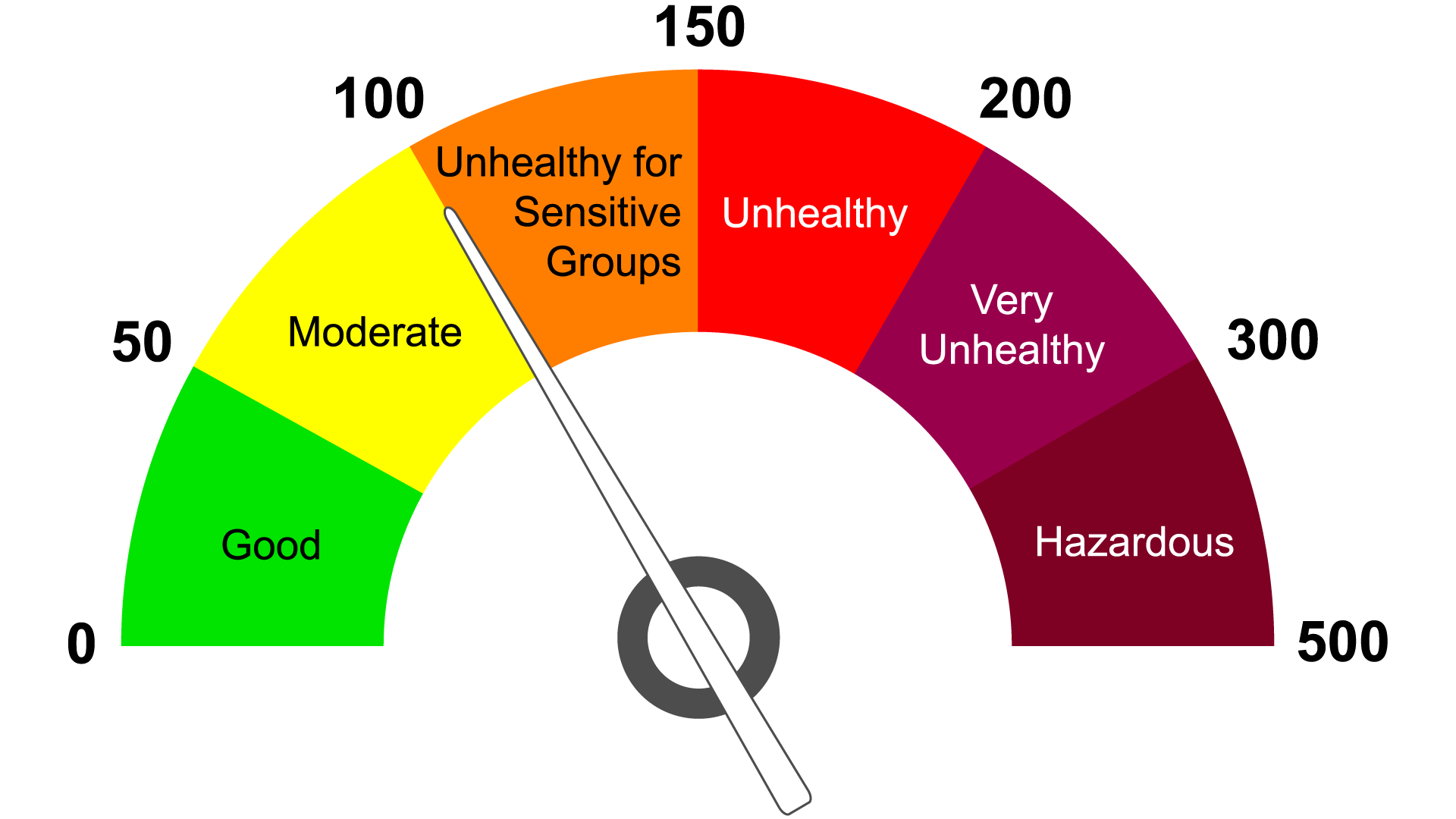Environmental
Latest News
Environmental Compliance
EHS assists in interpreting environmental regulations, obtaining necessary permits, interfacing with government regulatory agencies, and coordinating activities related to these matters. All environmental permits including South Coast Air Quality Management District permits, industrial wastewater permits, storm water permits and above ground storage tank permits for the campus are managed through Environmental Compliance. If you would like more information or need assistance, please contact EHS at (310) 243-3000.
Asbestos:
Campus Air Quality Index Monitoring:
| Campus monitors are a collaboration between Environmental, Health & Safety (EHS). College of Natural & Behavioral Science (CNBS) and the College of Arts & Humanities (CAH). |
Drinking Water:
Stormwater:
The State Water Resources Control Board (SWRCB) along with the Los Angeles Regional Water Quality Control Board (LARWQCB) regulate storm water runoff originating from CSUDH through the Phase II Municipal Separate Storm Sewer System (MS4) Program. In accordance, CSUDH is in the process of developing and refining our current storm water management practices into a comprehensive storm water management program to minimize our impact on local waters; in particular, the Dominguez Channel and the Port of Los Angeles (Pacific Ocean). The goal of stormwater management is to protect and restore the physical, chemical, and biological integrity of our nation’s waterways by controlling and limiting discharges of pollutants to these waterways.
CSUDH Stormwater Awareness Presentation
Non-Stormwater Illicit Discharges
"Only Rain in the Drain". An illicit discharge is any unauthorized discharge other than clean stormwater. The Federal Environmental Protection Agency (EPA) defines an illicit discharge as “any discharge to an MS4 that is not composed entirely of stormwater”. Report anything in storm drains that isn't storm water to EHS line at (310) 243-3000 or EHS@csudh.edu.
More Resources
- Los Angeles County Department of Public Works Stormwater Website
- Los Angeles County Reduce, Reuse, Recycle Website
- City of Los Angeles Stormwater FAQ Website
Wastewater:
Sewer System Management
CSUDH had developed and adopted a Sewer System Management (SSMP) to comply with the State Water Resources Control Board (SWRCB) Waste Discharge Requirements for Sanitary Sewer Systems Water Quality Order No. 2022-0103-DWQ (WDR). The purpose of the SSMP is to prevent and mitigate Sewer System Overflows (SSO). The WDRs require covered entities to prepare and implement a SSMP to:
Provide a plan and schedule to properly manage, operate, and maintain all parts of the sewer system to provide reliable service in the future
Minimize infiltration/inflow and provide adequate sewer to accommodate storm flows
Reduce and prevent SSOs
Help mitigate and SSOs that do occur
Wastewater Discharge Requirements
Discharges to the sanitary sewer system are regulated by the Los Angeles County Sanitation Districts (LACSD). The LACSD has established waster limitations for constituents of concern to keep hazardous substances out to the collection system. CSUDH works to ensure compliance by obtaining applicable permits and implementing Best Management Practices (BMPs) (e.g., clarifier) prior to introducing new discharge sources to the sewer system. See resources below for established discharge limitations.
CSUDH SSMP & SERP
Los Angeles County Sanitation District Sewer System Management Plan (SSMP)
Los Angeles County Sanitation District Discharge Limits
Storage Tanks:
U.S. EPA Spill Prevention, Control, & Countermeasures (SPCC) Rule
The storage and management of oil products is regulated by the Environmental Protection Agency (EPA). The EPA developed the SPCC Rule to prevent, prepare for, and respond to oil spills. A SPCC is required for facilities storing oil with an aggregate storage capacity greater than 1,320 gallons in containers greater than 55 gallons. The plan is a requirement under the Oil Pollution Act (OPA), an amendment made to the Clean Water Act (CWA) in 1990. CSUDH is subject to the SPCC rule, as it has more than 1,320 gallons of oil storage. The campus SPCC plan can be found below.
Oil Spill Contingency Plan (OSCP)
The Oil Spill Contingency Plan is developed and preparted in accourdance with 40 CFR 112.7 (d) to address areas of the campus where secondary containment is impracticable, as documented in the facility Tier I SPCC Plan. An OSCP is a detailed oil spill response and removal plan that addresses controlling, containing, and recovering an oil discharge in quantities that may be harmful to navigable waters or adjoining shorelines
SPCC Rule Website (EPA)
https://www.epa.gov/oil-spills-prevention-and-preparedness-regulations
If you have additional questions or concerns, please contact EH&S at ehs@csudh.edu or call ext. 3000.
